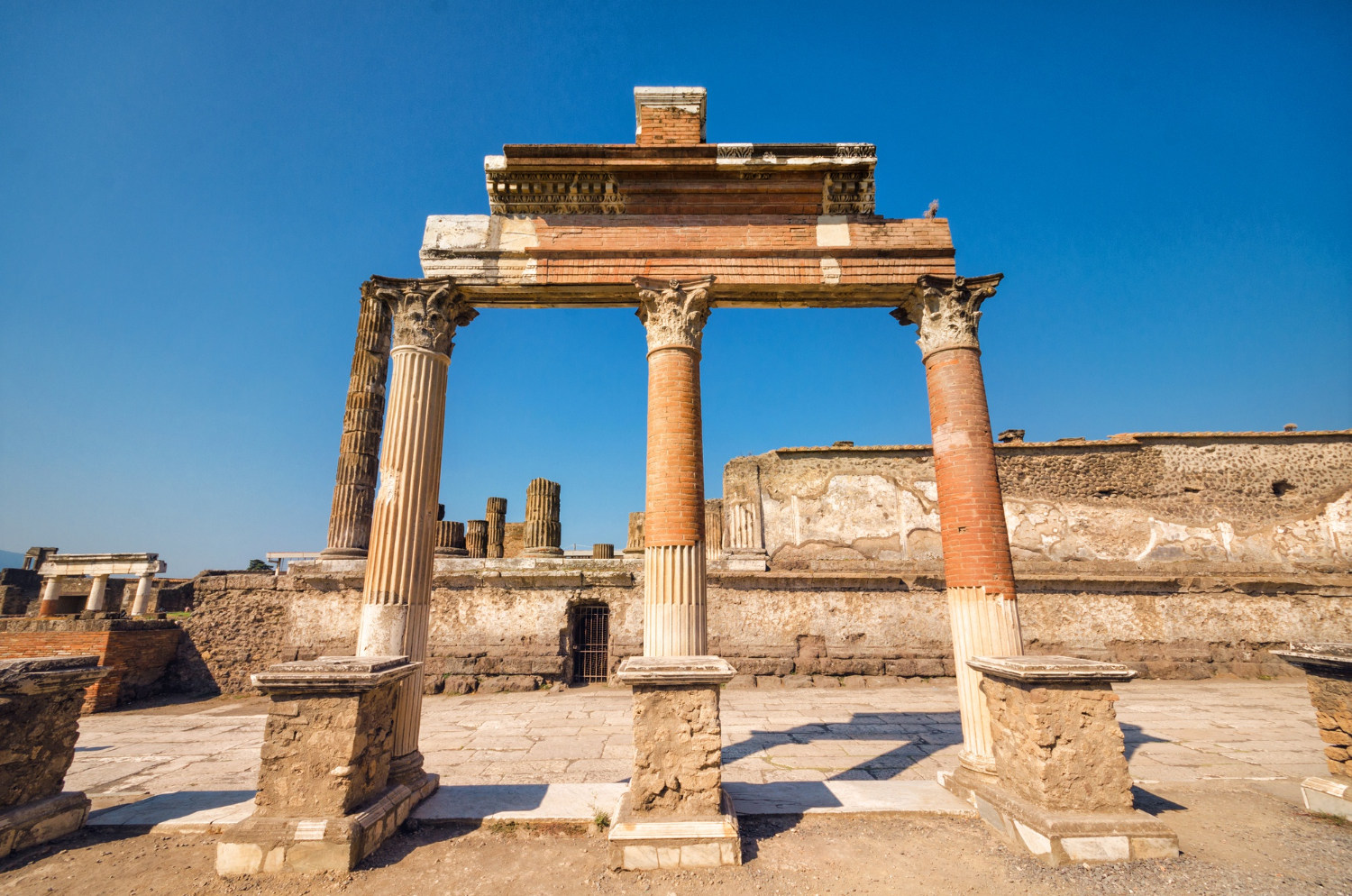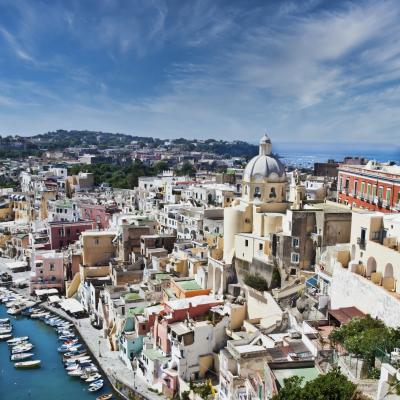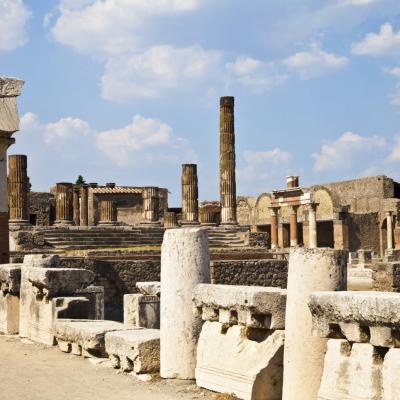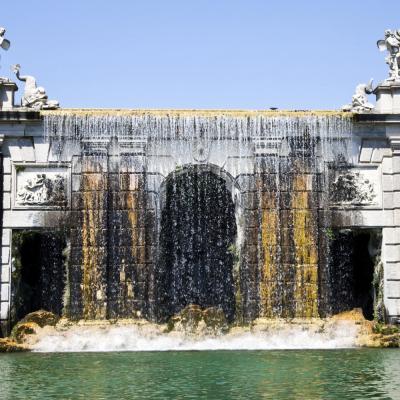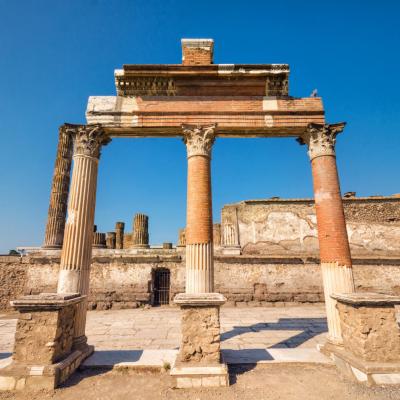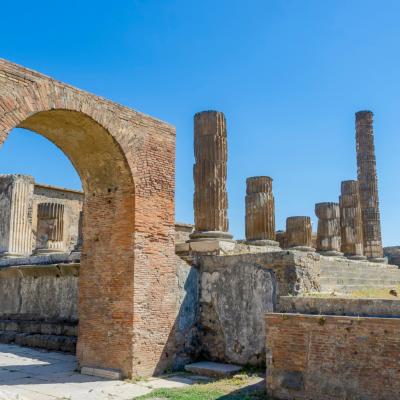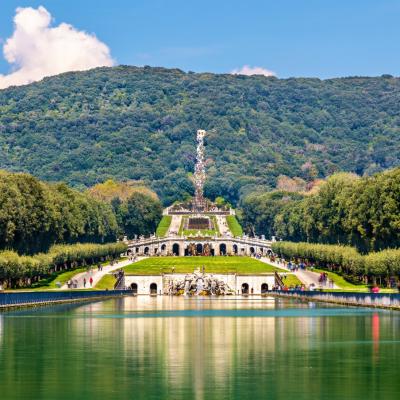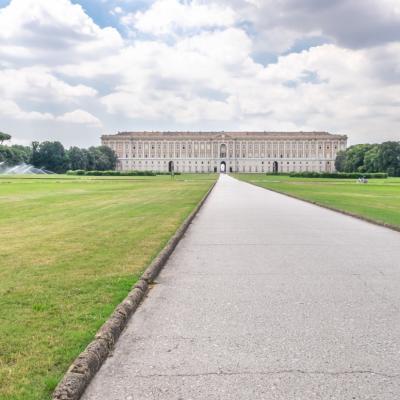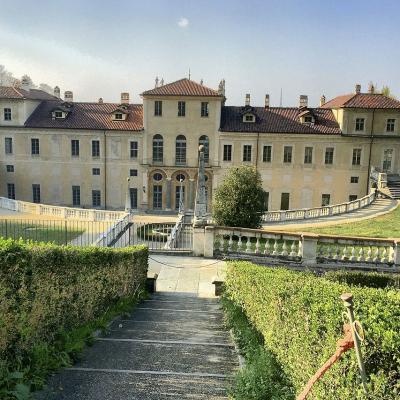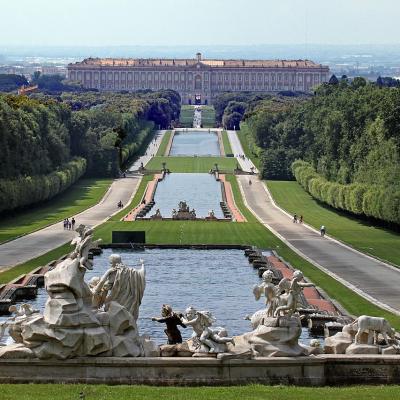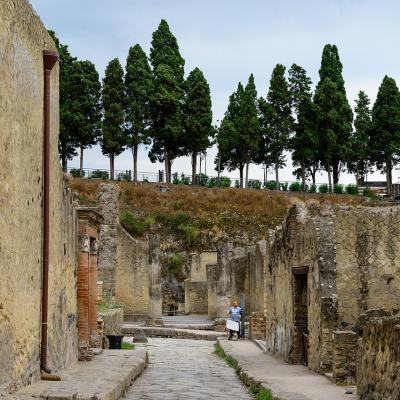A one-day trip
Pompei - a city destroyed during the Roman Empire by a volcanic eruption
Vesuvius - a volcano near Naples - Royal Palace in Caserta

Pompei
Vesuvio
Vesuvius is a volcano located in Italy, in a dominant position with respect to the Gulf of Naples. It is one of the two active volcanoes in continental Europe and one of the most studied and dangerous in the world due to the high population of the surrounding areas and its explosive characteristics.
Royal Palace of Caserta
The Royal Palace of Caserta is a royal palace, with a park attached, located in Caserta. It is the largest royal residence in the world by volume and the historical owners were the Bourbons of Naples, in addition to a short period in which it was inhabited by the Murats. In 1997 it was declared by UNESCO, together with the Vanvitelli aqueduct and the San Leucio complex, a World Heritage Site.




